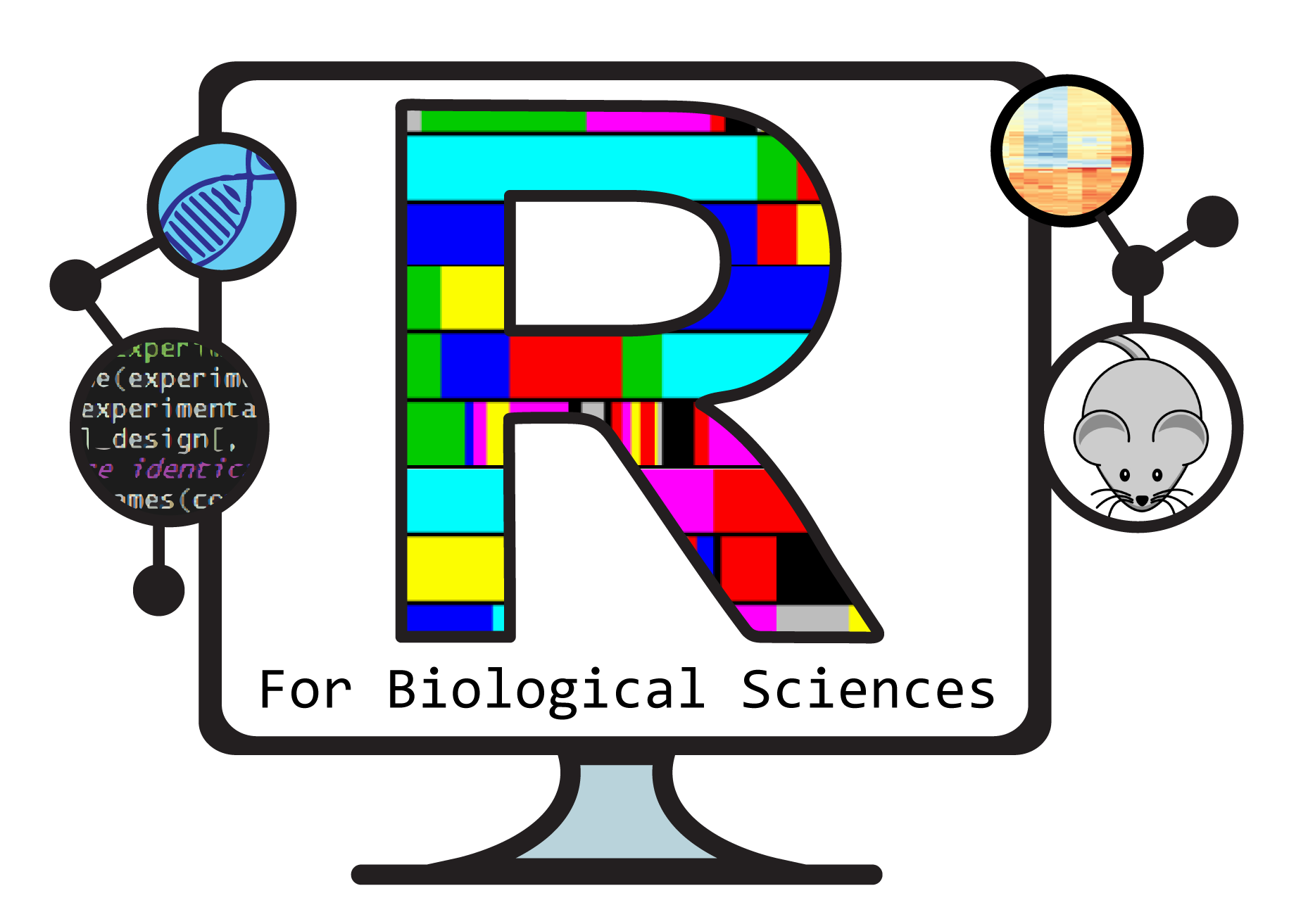When dealing with large data sets or simply performing statistical tests, standard tools like Excel often fall short. Some labs have software that can help to bridge the gap between what Excel can do and what you actually need to get done. The problem is that if you don’t already have this software, the cost for a license is prohibitively expensive for graduate students. Because of this researchers often turn to R. This is an open source programing language that has an extensive library of packages available. Not only are there packages for statistics, but there is also a comprehensive library of packages (1560 currently in the Bioconductor Repository) specifically for biological data. The best part of all is that all of these resources are opensource…that means FREE!
The purpose of this blog is to share some ideas of how to start integrating R in your daily research. As such I have put a strong emphasis on tools that are applicable to a wide variety of common analytical methods in the life sciences.
